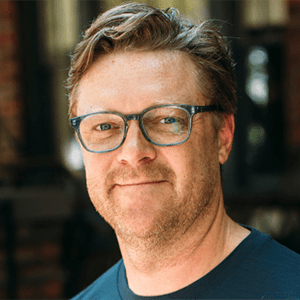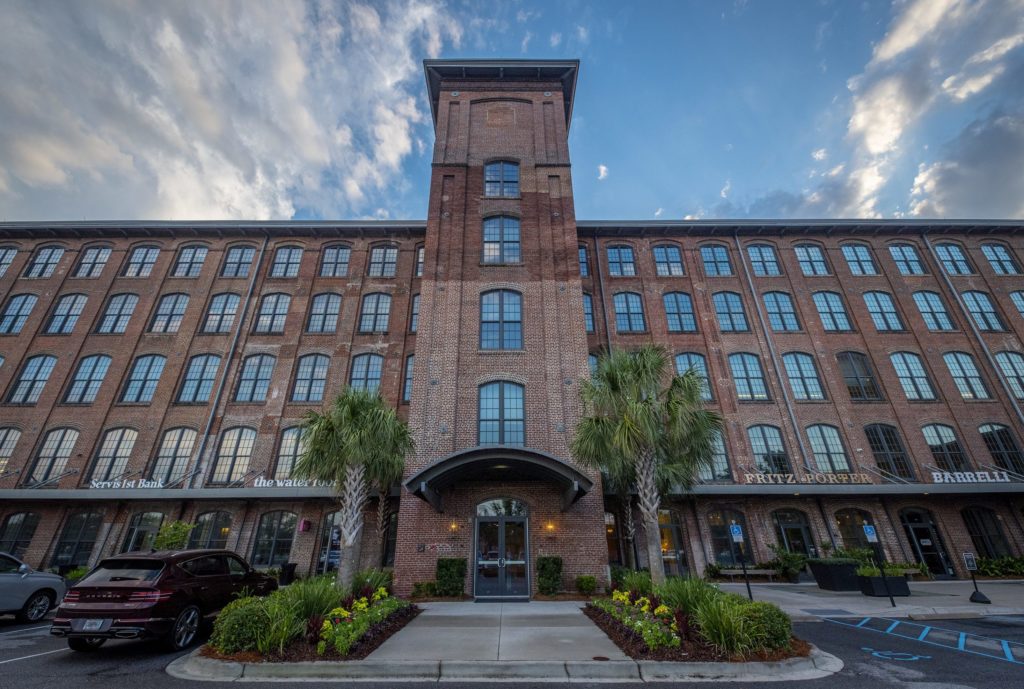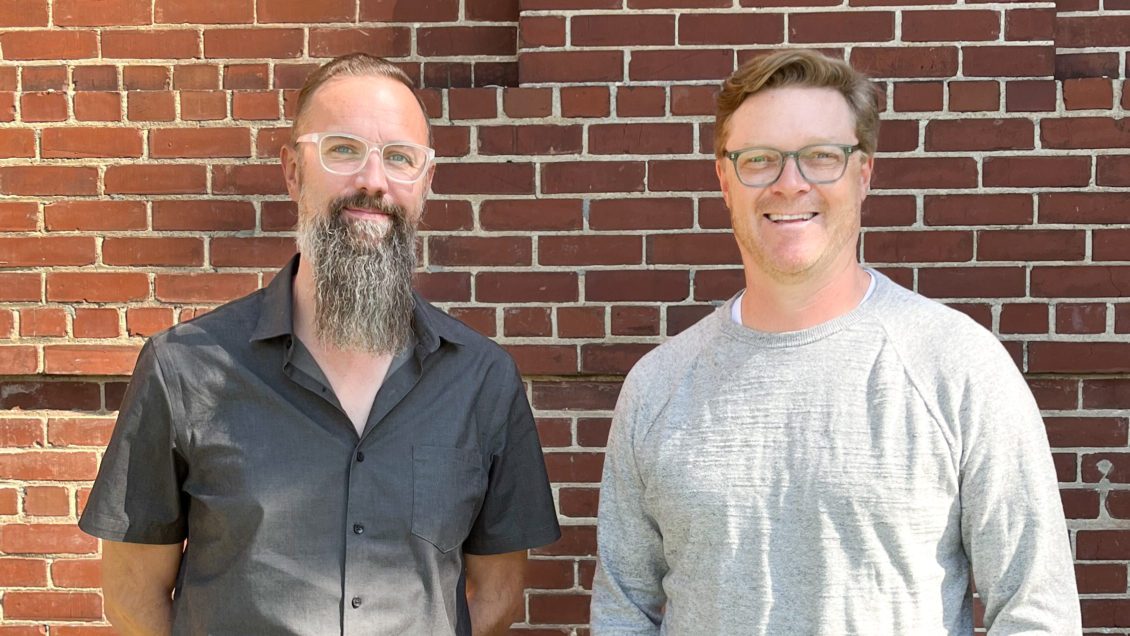The Clemson University School of Architecture’s presence in Charleston is beginning the year with two new directors, who represent a paradigm shift for its leadership.
David Pastre has been named as the new director for the Clemson Design Center, Charleston (CDC.C.) and Bradford Watson has arrived as the new director of the Clemson Architecture Center, Charleston (CAC.C). For many years, the directorship of both the CDC.C and CAC.C was held by Associate Professor Emeritus Ray Huff, FAIA, who is credited with the centers’ continued growth.
One of their first objectives is to establish how their different roles strengthen the School of Architecture’s presence in Charleston.
“I hope to coordinate and inspire our efforts at the CDC.C,” Pastre said. “Our programs have very distinct strengths, and the more we work together in an interdisciplinary way, the more we can maximize our impact for students and the community.”
The Clemson Design Center, Charleston located in the “Cigar Factory” on East Bay Street, houses programs in three distinct disciplines: historic preservation, resilient urban design, and architecture. The Master of Science in Historic Preservation and Master of Resilient Urban Design programs cater specifically to graduate students, while the architecture program — the CAC.C — offers courses to both undergraduate and graduate students in addition to the CommunityBUILD certificate program and the Integrated Path to Architectural Licensure.

“My role here as CDC.C director is to bring conversations to the table and facilitate the ways in which we work, and to be a person who can represent and speak on behalf of all the programs,” Pastre said. Having served on faculty at the CDC.C since 2005 and overseeing the CommunityBUILD certificate, Pastre brings a combination of institutional knowledge and collaborative experience to his position.
Watson, as director of the CAC.C, will maintain a curricular focus, ensuring the School of Architecture’s high academic standards established by Huff continue for the next generation of students.
“We are very fortunate to have Bradford and David in their new leadership roles,” said Jim Stevens, director of the School of Architecture. “We look forward to them extending the tradition of excellence established by Professor Ray Huff.”
“There is no replacing Ray Huff, period,” said Nicholas Vazsonyi, dean of the College of Architecture, Arts and Humanities. “But David Pastre and Bradford Watson seem to me like a dream team who can take the Charleston programs to a new level. David has worked absolute miracles with his CommunityBUILD, and everything I have heard Bradford say promises great things to come.”
The CAC.C is part of the School of Architecture’s Fluid Campus®, which includes locations in Genoa, Italy and Barcelona, Spain. Each location gives students the opportunity for immersion in a unique built environment.

“Charleston becomes the lab for student engagement,” Watson explained. “A lot of land-grant schools are situated out in the ‘ag’ fields because that is their history, and often you have to travel quite far to engage in the issues that students and faculty are studying. But here we are in a historic city, a coastal city, a city that has a long history in terms of how it has developed, in terms of how we think about slavery and inequity, and the way students can be embedded in that and engage that is an exciting opportunity.”
Watson noted that the combination of teaching and administrative duties drew him to the position.

“It’s rare to have that opportunity to be fully engaged with students and be an advocate for them at the same time,” he said.
Watson comes to Clemson from Montana State University. At MSU, he served in multiple leadership roles including faculty senate chair and chair of the Montana University System Faculty Association Representatives. Like Clemson, MSU is a land-grant institution, so Watson gained experience with service-oriented research.
“My scholarship there really looked at issues of extraction, both from a material resource in terms of mining and logging, but also in terms of experience extraction in tourism,” he said. Much of his work involved national parks such as Yellowstone and with architectural design in historic districts like the one in Butte, Montana. The experiences prepared him well for teaching students how to design through Charleston’s unique combination of historical and environmental concerns.
For both Pastre and Watson, encouraging students to engage with the city of Charleston, with the community, and with students across the various programs housed in the CDC.C is a priority.
“We all want this interdisciplinary opportunity to flourish,” Pastre said.
Get in touch and we will connect you with the author or another expert.
Or email us at news@clemson.edu

